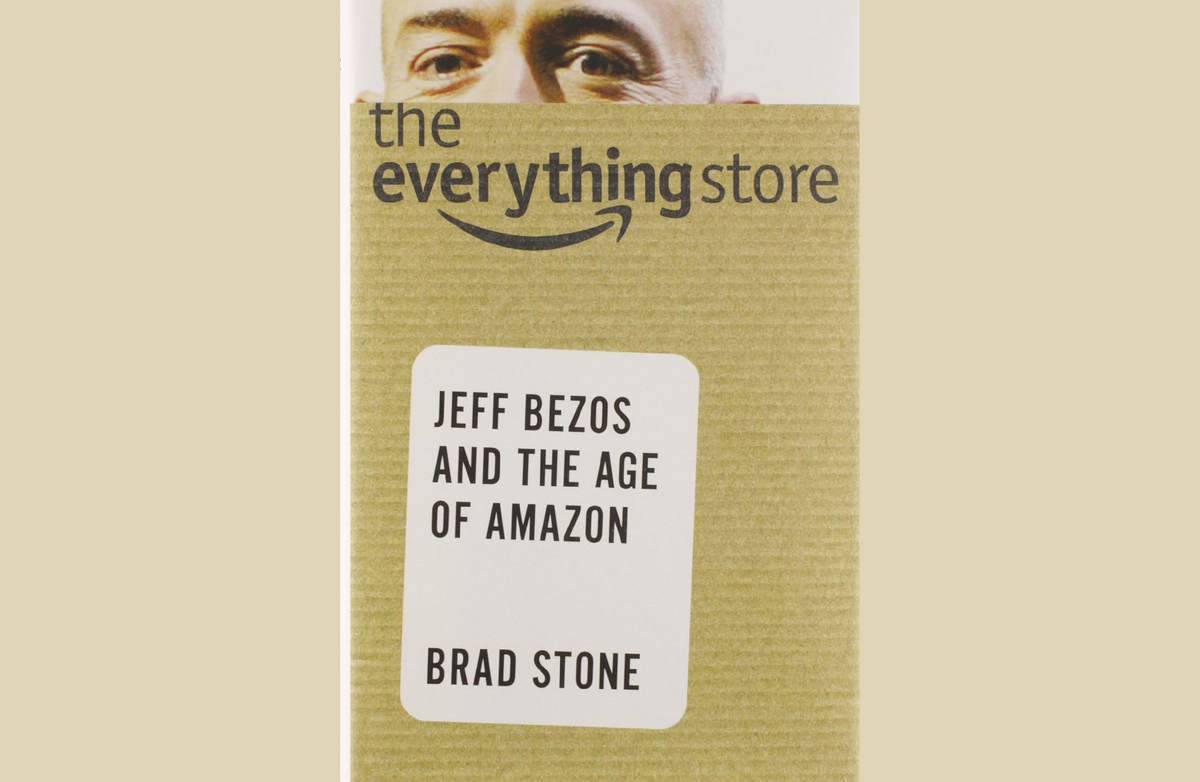How to Disagree and Move Forward? (and Avoid Disaster)
Explore the 'Have Backbone; Disagree and Commit' leadership principle in this blog for entrepreneurs. Learn to balance courage, respect, and unity in decision-making for effective and innovative leadership.

In entrepreneurship, decision-making is often a complex and high-stakes game. Amazon's leadership principle, "Have Backbone; Disagree and Commit," presents a nuanced approach to navigating this terrain. Let's dive into how embodying this principle can revolutionize your leadership style and business ethos.
"We make decisions swiftly and do not believe in the idea of 'perfect information.' Once a decision is determined, we commit to it wholeheartedly." Andy Jassy.

The Courage to Challenge
Stand Up for Your Convictions
True leaders possess the bravery to voice their opinions, especially when they believe a decision could steer the business in the wrong direction. It’s about asserting your views, backed by logic and conviction, even in the face of opposition or discomfort.
- Example: The development of Amazon Web Services (AWS). Initially, the idea of Amazon, an e-commerce company, venturing into cloud computing was met with skepticism. However, those who believed in the potential of AWS had the courage to challenge the traditional business model, creating a highly successful and industry-leading cloud service.
Respectful Disagreement
Disagree Without Being Disagreeable
The art of disagreement is not in confrontation but in articulating your stance respectfully and constructively. It’s about focusing on the issue, not the person, and presenting alternative viewpoints that foster understanding rather than conflict.
- Example: The decision to expand into the grocery market with the acquisition of Whole Foods. There were differing opinions within Amazon's leadership about entering the brick-and-mortar grocery space. The debates were intense but respectful, leading to a strategic decision to proceed with the acquisition.
"If you have a conviction on a particular direction even though there's no consensus, it's helpful to say, 'Look, I know we disagree on this, but will you gamble with me on it? Disagree and commit?'" Jeff Bezos
Commitment Post-Decision
United We Stand, Divided We Fall
Commitment to the decision is paramount once a decision is made, regardless of personal viewpoints. This principle champions the ethos of unity and collaboration. It’s about contributing wholeheartedly to the chosen path, ensuring its best chance of success.
- Example: The launch of Amazon Prime. Even though there were initial disagreements and concerns about the feasibility and profitability of offering free two-day shipping for a flat fee, once the decision was made, the team committed to the Prime model, which turned out to be a monumental success.
Fostering Open Debate
Encourage Diverse Perspectives
By valuing and encouraging open debate, you create an environment where diverse perspectives are heard and integral to the decision-making process. This inclusivity can lead to more innovative and effective strategies.
Example: The development of the Kindle. During its growth, there was open debate about its design, functionality, and even the viability of e-books. These discussions allowed Amazon to refine the product and launch a device revolutionizing reading.
Balancing Tenacity with Flexibility
Be Firm but Adaptable
Having a backbone doesn’t mean being inflexible. It’s crucial to balance conviction with the willingness to adapt based on new insights or information. This balance between firmness and adaptability is critical to agile and effective leadership.
- Example: The evolution of the Amazon Marketplace. Initially, Amazon was firm about controlling the entire shopping experience. However, they adapted their approach by allowing third-party sellers on their platform, which required flexibility in their business model but proved a highly successful strategy.
Leading by Example
Inspire Through Action
When you practice what you preach – challenging respectfully and committing wholeheartedly – you set a powerful example for your team. This approach demonstrates how diverse opinions coexist and contribute to a unified goal.
Example: Jeff Bezos, the founder of Amazon, exemplified this principle in many of his leadership decisions. He often challenged his team and encouraged them to challenge him back, and once decisions were made, he led the charge in committing to them, setting an example for others to follow.
Building a Trust-Based Culture
Honesty as the Foundation
This leadership principle is instrumental in fostering a culture of trust and honesty. When team members feel safe to express their opinions openly, it leads to better decision-making and builds a stronger, more cohesive team.
- Example: Amazon’s approach to customer reviews. Despite the potential for negative feedback, Amazon has consistently encouraged honest customer reviews on its products. This policy may have been debated internally, but it has built a trust-based relationship with customers, showcasing the company's commitment to transparency and honesty.
In Conclusion
For entrepreneurs, "Have Backbone; Disagree and Commit" is more than a principle; it’s a strategic approach to leadership and decision-making. It encourages a blend of courage, respect, unity, and adaptability – fundamental qualities in navigating the complex business landscape.
Embrace this principle to foster a culture of open dialogue, robust debate, and unified commitment. In this fertile ground, the seeds of innovation, trust, and lasting success are sown.



